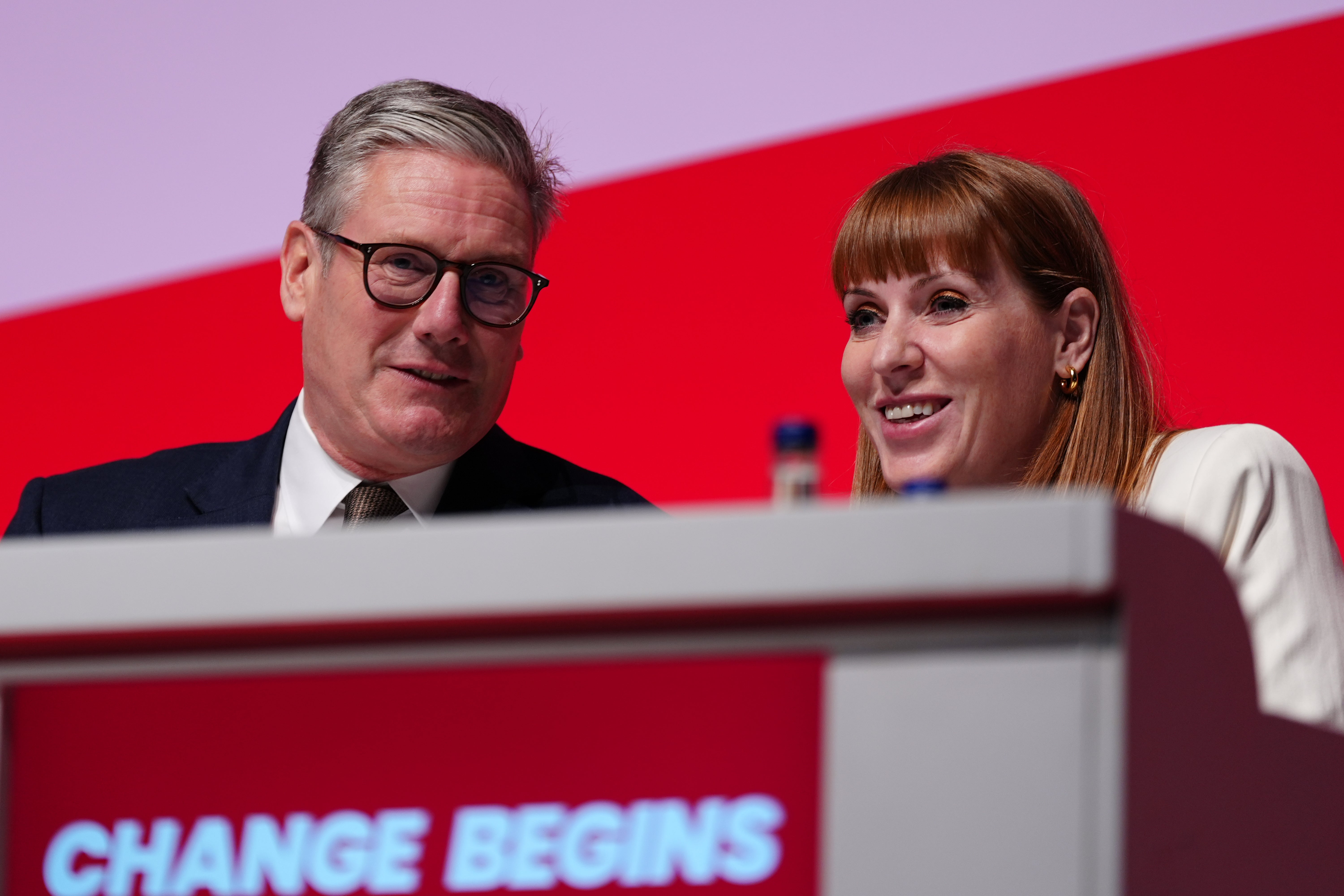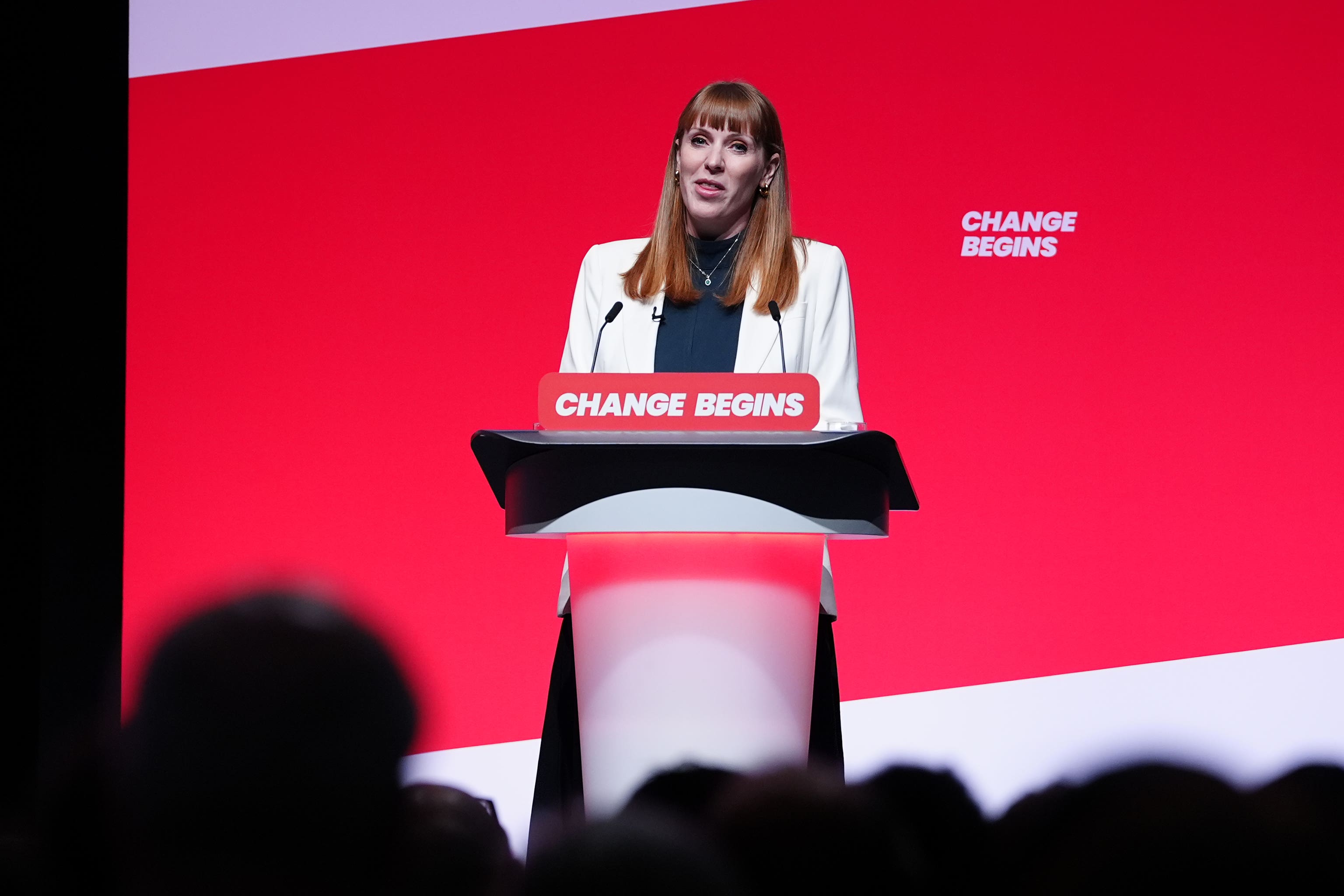Angela Rayner’s resignation as Deputy Prime Minister has triggered the prospect of an internal Labour election to succeed her as the party’s deputy leader.
The senior Labour figure stepped down from her role as Sir Keir Starmer’s deputy and as Housing Secretary on Friday, after the government’s independent ethics adviser concluded she breached the ministerial code by underpaying stamp duty on her seaside flat.
Crucially, Ms Rayner also resigned her post as Labour’s deputy leader, an elected position she won following a vote of the party’s membership in 2020, at the same time Sir Keir was chosen as Jeremy Corbyn’s successor.
This contest means the party now faces electing a new deputy leader, a person who will not necessarily also take up the role of Deputy Prime Minister.
Ms Rayner was widely viewed as a bridge between Labour’s more left-wing grassroots and the party’s right.
The impending contest could expose the divide between different Labour factions and their positions on Sir Keir’s track record in No 10.

The prospect of such a contest will prove a further challenge to Sir Keir, who only at the start of this week initiated a reset of his No 10 operation and claimed the government was moving on to its second “phase”.
Labour’s internal leadership elections process was changed in 2021 following Sir Keir and Ms Rayner’s victory.
This was because of dissatisfaction among many in the party with the previous process, which led to the election of Mr Corbyn as leader.
Under the current rules, candidates must receive a nomination to stand from 20 per cent of their fellow Labour MPs.
This must be followed by a nomination from 5 per cent of local Labour party branches, known as Constituency Labour Parties or CLPs, as well as three affiliates of the party, at least two of which must be trade unions.

Once candidates have secured these nominations, a ballot is held in which Labour members and affiliates can vote.
The ballot is preferential, and voters will mark in order of preference – 1, 2, 3 and so on – their favoured candidate to succeed Ms Rayner.
Details of when and how the deputy leadership election will be held are understood to be announced in due course, in line with Labour’s rules and procedures.
Hollie Ridley, general secretary of the Labour Party, said: “Angela Rayner has served our party and the country with integrity and played a key role in helping Labour return to government so that we can deliver the national renewal our country needs.
“We thank her for her incredible service as deputy leader of the Labour Party and everyone across the Labour movement wishes Angela and her family the very best for future.
“We have no doubt that she will continue to use her immense talents and dedication to public service to continue fighting for a fairer future for working people.”







